A Radio Astronomy Antenna
Interested in Astronomy?
Now, I know radio telescopes are not at the top of most SWL or hams list of things to build, but the field of radio astronomy can be just as fascinating as optical astronomy. Also, as far as amateurs are concerned, there are many things we could contribute to this field. It is an intriguing field and as a lot of folks found out, fairly easy to get into and as expensive as you let it be.
Listern and Watch This
A simple antenna will allow you to hear the storms generating huge lightning bolts on Jupiter. The sun can be observed with a 6 meter, or higher frequency, receiver beam and a chart recorder. If you doubt this, all you have to do is to point your 6 meter, or higher beam, at the location on the horizon where the sun rises and sets. Then watch the S-meter and you will see the noise level drops off slightly as the sun goes down or increase as the sun comes up. The amount of increase or decrease will depend on the gain in the antenna and the receiver sensitivity, but you will be able to see a change in the noise level.
How Can You Contribute?
So now that you know this, the next thought is—”What can I contribute to any sort of observation of the radio sky when there are many large radio telescopes all over the world with more expensive equipment than I have?” Well, considering our ninth planet, Pluto was discovered by an amateur astronomer, quite possibly a lot. This is one of these things only time and determination will prove. The radio sky is still an open field for anyone who wants to listen. Most of the observation is being done above 1000 MHz, and there is plenty of room for those interested in this region. Some other projects have explored the 400 MHz to 900 MHz range. These areas did show some interesting signals that popped up and caused eyebrows to raise. I never heard any more about some of these projects and have often wondered how they ended up and what was heard. There are numerous unanswered questions and many more that have not been asked as far as radio astronomy is concerned.
This Project
Back to the project at hand. After a lot of computer time and thinking about each set or results, the antenna in Figure 1 was the product. This computer model view of the antenna is from approximately 45 degrees to the left of the X-axis and at a 45 degree angle looking down on the antenna. This antenna consists of 30 phased dipoles arranged in three rows of 5 dipole arrays. The dipoles are spaced 1/4 wave length apart and each set of dipoles is 1/4 wave above ground. The center row is located 1/4 wave from the other two rows.
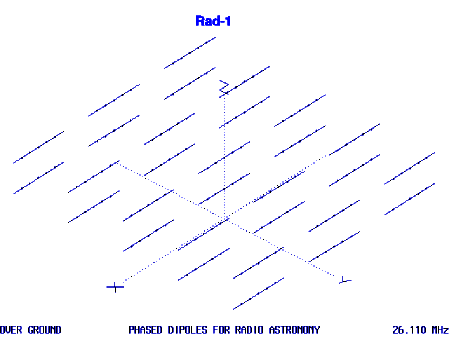
The dipoles in the outer rows are out of phase with the center row. Each upper dipole is 180 degrees out of phase with the lower dipole. The two outer rows of dipoles are in phase with each other. The center row is phased so the upper dipoles are out of phase with the corresponding dipole in either row next to it as are the lower dipoles. This can be seen in Figure 2.
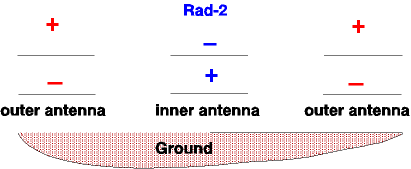
The minor lobes are down to 11.70 dBd from the major lobe, visible in Figure 3. This is the Y-axis view of the antenna and the major lobe has a gain of 16.81 dBd straight up, which is where it was needed. Changing the phase in the two outer rows does not shift the beam much, but that was not part of the design parameters.
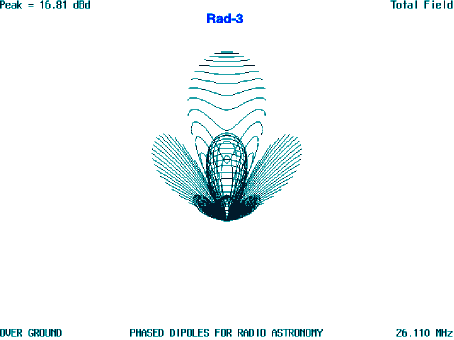
Figure 4 is the Y-axis view of this antenna and the major lobe can be seen to be fairly symmetrical.
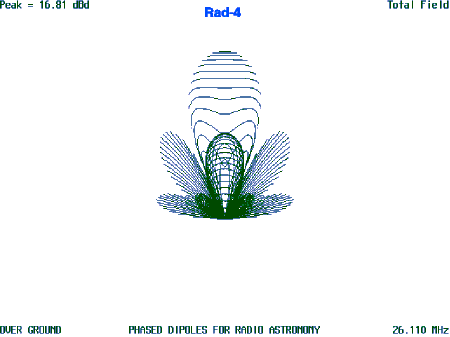
This is a large antenna array, and covers an area of nearly 1300 square feet (395.2m) since the array is 71.68 ft on a side (21.79 m). As far as impedance is concerned, it is a rather complicated affair because each antenna impedance is different and there is variation from 49.6+j 15.9 ohms to 15.4+j22.5 ohms. The ham requesting the design of this antenna said that did not pose a problem. I did notice the impedance changes repeated themselves in some cases.
The basic design of this antenna could be used and possibly improved for amateur use, both for transmitting and radio astronomy. A beam for one of the higher bands could be constructed, but again getting the impedance matched would be a problem to overcome. This is an area for later pursuit.
How Hams Can Help
As to how could you contribute to the science of radio astronomy, only time will tell what anyone can do to contribute to any field. But, this is where patience and diligence will pay off. Recently in the Parade magazine that was in the March 22 Sunday paper, there was an article on how amateur astronomers were working with the professionals and the Hubble telescope. It would be interesting to see if radio astronomy amateurs could team up with the professionals with the large arrays such as the Areciebo site, the VLA in New Mexico and other sites all over the world.
(To find out more, search the Internet for sites that are dedicated to Radio Astronomy and SETI. SETI is the Search For Extra Terrestrial Intelligence, and there is a site dedicated to this project. There are many such interesting sites that will provide you with more information, including interactive ones. The keywords “radio astronomy” using the quotes will provide all of these and more.)
Maybe You Have the Right Antenna
If you already have a good antenna, you may be able to use it for radio astronomy. An AZ-EL mount is not required. A simple setup for your existing antenna is shown in Figure Rad-5, using a manually adjustable elevation amount. A small TV rotator could be placed on one end of the insulated antenna pole to allow the antenna to be remote controlled and moved across the sky from North to South. This type of mount can be set for elevation and either fixed in direction, or used in a tracking mode with a suitable computer-controlled AZ-EL rotor system which will keep the antenna pointed at a given area for continuous observation from the time the target area rises until it sets.
Figure 5 is for a larger beam, such as a HF beam for 20-30 MHz.
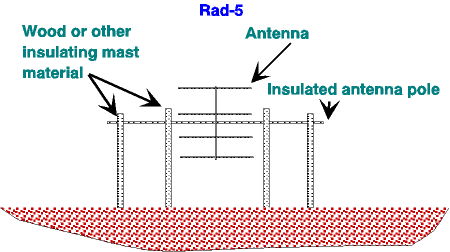
Figure 6 is a side view of a mount for a smaller antenna, such as a VHF or UHF Beam. Construction is basically the same as the mount in Figure 5, only smaller.
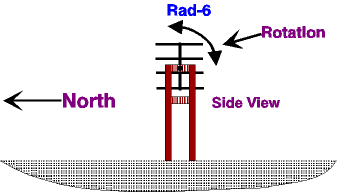
Figure 7 shows how the pattern will sweep the sky as the earth rotates. As you can see, by adjusting the antenna elevation incrementally, your antenna will be able to sweep the sky from the North horizon to the South horizon as time progressed. Of course, in the higher frequency ranges, there may be a bunch of man-made signals during the day causing interference with your observations.
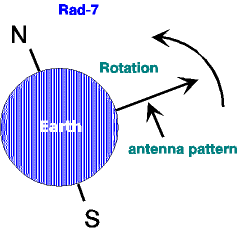
There are enough websites that can supply more information on the particulars of how to set up a working radio telescope, which is beyond the scope of this article. It is a very interesting science, and one that could use much more investigation, particularly in the lower frequency ranges from 24 to 900 MHz. The higher microwave ranges are not out of our reach, but the really excellent equipment needed and the huge dishes required, is a little bit out the price range for most. The lower ranges are a little easier for us to deal with—so, give it some thought!
Originally posted on the AntennaX Online Magazine by Richard Morrow, K5CNF
Last Updated : 16th March 2024

